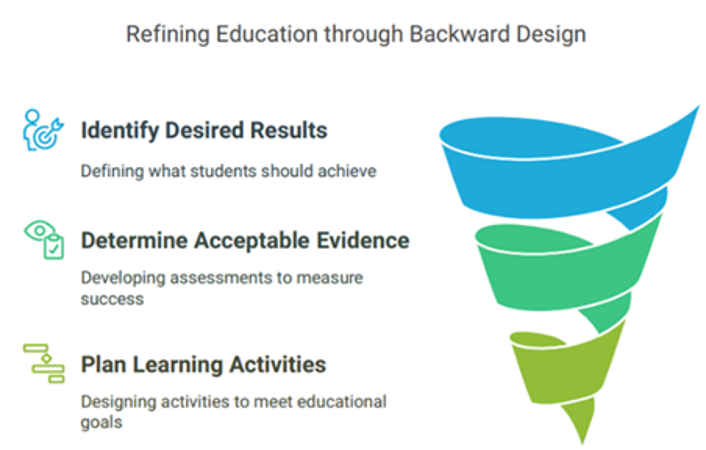Assessment Basics
Creating a new course or reviewing a current course can be a great opportunity to reflect on and adjust student assessments. Effective, rigorous assessments can be facilitated in any learning environment.
Watch the 2‑minute video to the right to learn some key considerations when thinking about assessment.
Principles of assessments
To effectively explore assessment, it is essential to understand the fundamental principles. Principles refer to a set of guidelines that should be adhered to when designing and conducting assessments ensuring they are fair, reliable, and relevant to the learning outcomes. Essentially, they provide a framework for creating evaluations that accurately measure a student’s knowledge and capabilities.
Teach Anywhere identifies principles of assessment with a translation of how instructors can integrate the information into their own teaching practice.
How much is enough?
The concept of “how much is enough” in assessment refers to the minimum amount of data or evidence required to accurately evaluate a person’s skills or performance. This varies based on context, learning outcomes and the desired level of detail.
Key considerations include (and are not limited to):
Robert Talbert (Grading for growth.com) discusses how to “strike a balance”.
Building assignments: Understanding Backward Design

Backward design is an instructional approach that aligns educational goals with assessments and learning activities. This method ensures purposeful teaching and the achievement of desired learning outcomes. The process involves three stages: identifying desired results, determining acceptable evidence, and planning learning activities. Each stage is outlined to provide a comprehensive understanding of backward design.
Having an understanding of basic assessment principles and institutional policy is key when designing assessments for a course. Backward design is a powerful framework for instructors to enhance their teaching practices and improve student learning outcomes. By starting with the end in mind, instructors can create a more focused and effective curriculum that aligns assessments with learning outcomes. The three-stage process of identifying desired results, determining acceptable evidence, and planning learning activities provides a structured approach to instructional design that benefits both instructors and students and is a reflective process.
